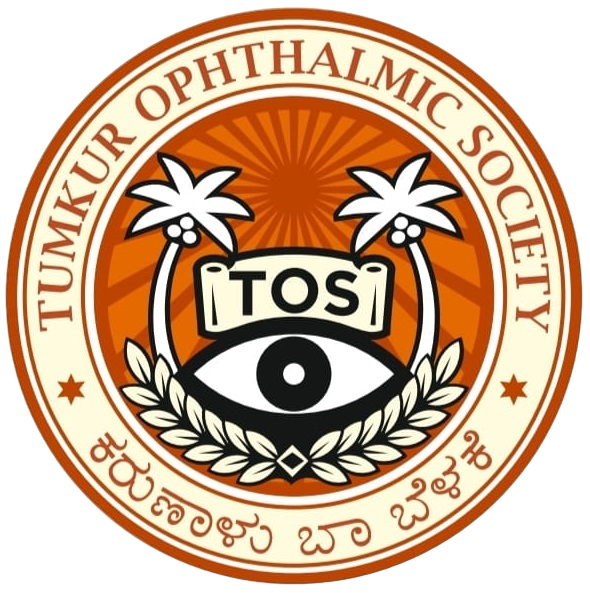Amblyopia
What is Amblyopia?
Amblyopia is when the vision in one or both eyes does not develop properly during childhood. It is a common problem seen in babies and young children.
Amblyopia can happen because the eye and the brain are not working together properly. The eye itself looks normal, but it is not being used normally because the brain is favouring the other eye. This condition is also sometimes called lazy eye.
A child’s vision develops in the first few years of life. Thus, it is important to diagnose and treat amblyopia as early as possible. Otherwise, a child with amblyopia will not develop normal, healthy vision which may even result in issues in learning and normal skill development.
Causes of Amblyopia
Amblyopia is caused by a number of easily treatable conditions. These include:
Strabismus or Crossed Eyes
This is when the two eyes point in two different directions. One eye is focused ahead while the other one turns in, out, up, or down. To avoid seeing double vision, the child’s brain may ignore or turn off the image from the eye that is not focused straight ahead. And this can keep that eye from developing properly resulting in amblyopia.
Refractive errors
Having a refractive error means being near-sighted, far-sighted, or having a distorted or blurry vision called astigmatism. A child may have a refractive error that is worse in one eye. The brain may ignore or turn off the image from that eye and vision will not develop properly. This can be difficult to tell since the child’s vision seems fine when using both eyes.
Cloudiness of the eye
Some children are born with a cataract (congenital cataract), where the eye’s normally clear lens becomes cloudy. This can keep vision from developing properly in that eye.
Treatment of Amblyopia
In amblyopia due to refractive errors, normal vision can be achieved simply by fully correcting the refractive errors in both eyes with prescription glasses. However some patching of the “good” eye using an eye patch or prosthetic contact lenses is needed to force the brain to pay attention to the visual input from the amblyopic eye and enable normal vision development to occur in that eye.
In cross eyed amblyopia, in addition to eye patching strabismus surgery and vision therapy may be required to straighten the eyes.
Eye patching may be required for several hours each day and may continue for weeks or months.
Atropine eye drops have also been used to treat amblyopia instead of an eye patch. One drop is placed in the child’s good eye each day. Atropine blurs the vision in the good eye, which forces your child to use the other eye with amblyopia more, to strengthen it.
Treating Older Children And Adults With Lazy Eye
Recent studies have shown that older children and adults with amblyopia can benefit from treatment using computer programs and other tools.
